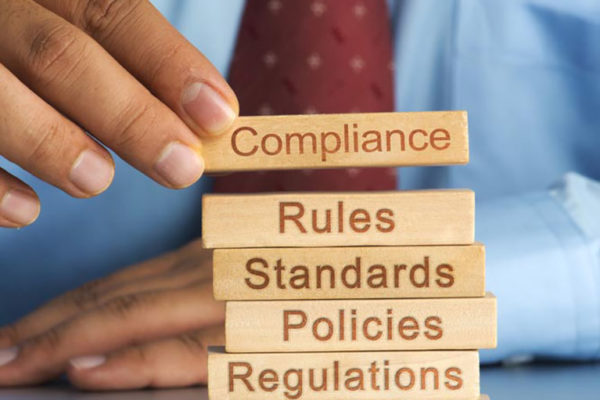The way in which our tax laws operate with regard to tax revenue collection interactions between the ATO and Australian taxpaying citizens changed dramatically just over 30 years ago when the then Treasurer Paul Keating introduced the Taxation Laws Amendment Act 1986, which introduced a system of tax collection that to this day is referred to as “self-assessment”.
As the name suggests, with self-assessment the onus is on the taxpayer to arrive at an estimate their own tax liability before their tax return is examined in detail by the ATO. Before the 1986 changes, taxpayers were required to lodge a return containing relevant information from which ATO assessors would prepare a statement of either tax liability or refund (a “notice of assessment”).
By the early 1980s, this review procedure was placing considerable strain on the ATO’s resources, especially with the growth in the number of objections. With about 10 million returns to review, and with quotas applying to ATO assessors (plus an increasing incidence of taxpayer objections), it was estimated by the Australian National Audit Office that an average individual return would have received optimum scrutiny of a mere handful of minutes. Readmore

